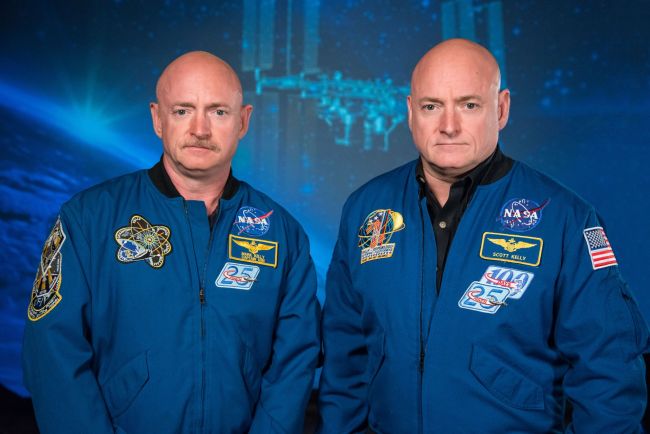
Editor’s note: This article originally appeared on ThePortalist.com, and is reposted here with permission.
You may not know who astronauts Scott Kelly and Mark Kelly are by just their names, but they may change the future of spaceflight.
Scott Kelly recently completed a historic Year in Space, spending 340 consecutive days aboard the International Space Station (ISS) to help NASA study how the human body reacts to long-duration spaceflight—a study that will be invaluable in preparing for any missions to Mars.
At the same time, Scott’s twin brother, Mark—a retired astronaut who’s the veteran of four space shuttle missions—stayed on the ground. During the Year in Space, Scott regularly sent biological samples and measurements back to Earth, far exceeding what is considered normal for ISS missions (usually astronauts have their health closely monitored during flight, but don’t send back samples). The reason? NASA saw the opportunity to study the effects of spaceflight on the human body in a unique way.
RELATED: 15 Awesome Exoplanets Humans Have Discovered So Far
Twins are virtually the same genetically, so by sending one Kelly to space while keeping his twin on the ground, NASA was able to compare the results of the two brothers’ tests and make some extrapolations about what might happen to human bodies during long-term spaceflight. Scott Kelly returned to Earth from the space station last March; now, nearly a year later, we have the preliminary findings from the Twins Study. What will long-term spaceflight do to the human body? We may have some clues in these early results.
We Might Age More Slowly in Space
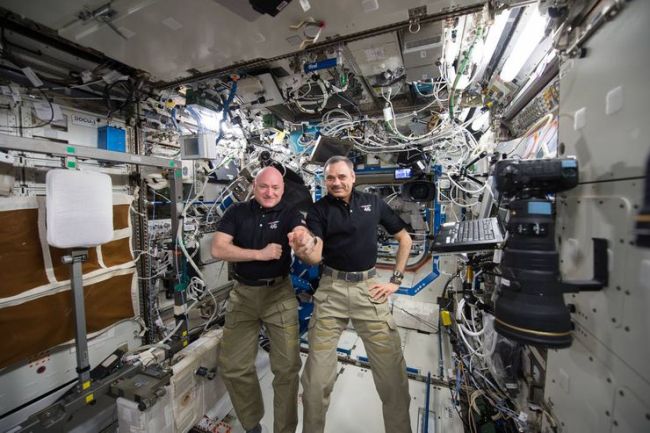
Scott Kelly and Russian cosmonaut Mikhail Kornienko on their 300th consecutive day in space aboard the ISS. Photo Credit: NASA
If you read a lot of science or science fiction, you might be familiar with telomeres, which are located on our chromosomes and are related to human aging. As we age, our telomeres decrease in length. But researcher Susan Bailey, who investigated telomeres and telomerase (the enzyme that repairs telomeres), found that Scott Kelly’s telomeres actually lengthened while he was in space. Now, that doesn’t mean that being in space reduces aging—these results were collected over the period of one year, not a whole lifetime. But it could mean that we age more slowly in space than on Earth.
Since completing his Year in Space, Scott’s telomeres have already returned to normal.
Our Speed and Accuracy Could Decrease
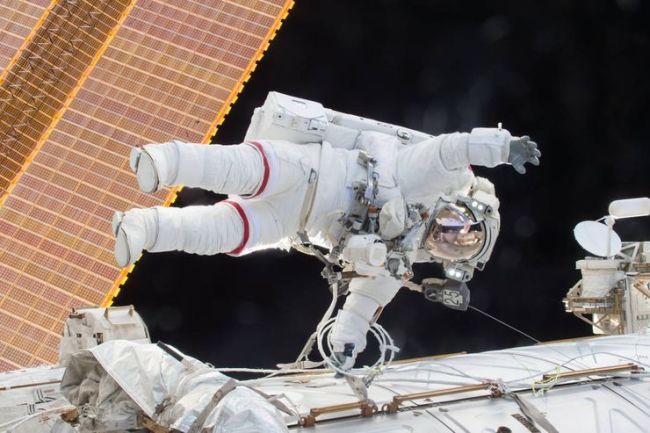
Scott Kelly on a Dec. 21, 2015 spacewalk. Photo Credit: NASA
Speed and accuracy are important when you’re doing something complicated like, let’s say, piloting a spaceship to land on Mars after a year-long flight. But researcher Mathias Basner’s cognitive studyfound that Scott’s speed and accuracy both decreased slightly during his year-long mission, versus a six-month mission (the duration of a typical stay on the ISS). Now, this isn’t significant enough to encourage NASA to shorten the duration of missions, but it does raise questions for what we set our sights on beyond Mars—how will cognition be affected for two year (or even longer) flights?
RELATED: Colonizing Mars: Comparing the Facts and the Fiction
Our Bones Might Not Form as Quickly
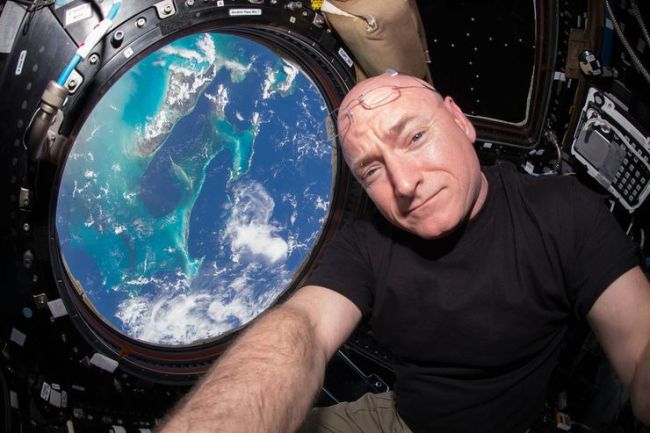
Scott Kelly during his Year in Space aboard the ISS, with a view of Earth in the foreground. Photo Credit: NASA
Bone formation is a constant process in humans, but in space, it appears as though bones just don’t form as quickly as they do while we’re on the ground. In space, you’re not using your muscles the way you do on Earth. Gravity helps us build and maintain muscle and bone; without that force, they deteriorate. Astronauts on long-duration spaceflights have a strict exercise regimen to combat this, but we may need to think of something more drastic for longer term flights.
Our Digestion Is Different in Space
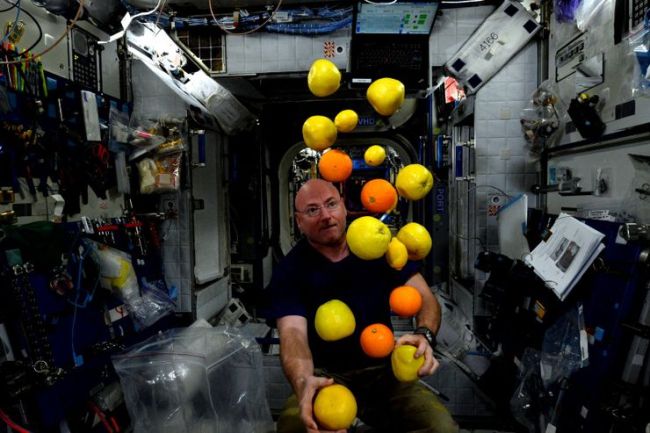
Scott Kelly with some citrus fruits on the ISS during the Year in Space. Photo Credit: NASA
It was expected that the bacteria in the Kellys’ GI tracts would be different during the Twins Study—after all, they were eating different meals. But Twins Study Principal Investigator Fred Turek looked at ratios and trends over longer periods of time and found something interesting: some of the ratios of digestive bacteria in Scott Kelly were different before his year in space than during. Does this mean that space makes us more amenable to digesting certain types of foods (or less)? Does this mean astronauts should focus on (or avoid) ingredients? Only time will tell, but it’s certainly an interesting thought.
There Might Be a Space Gene
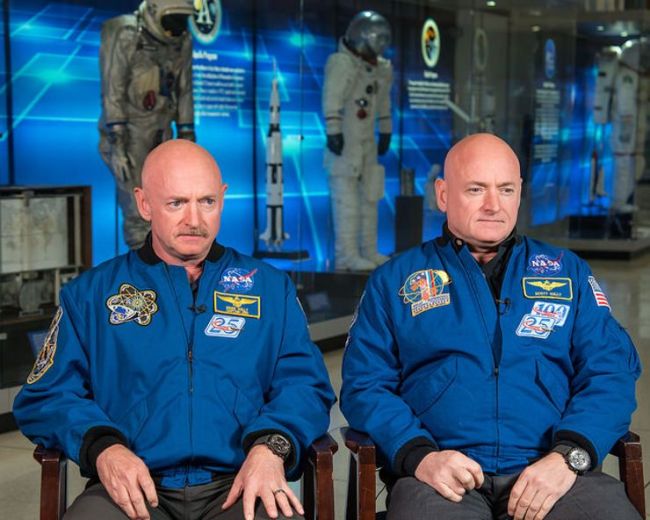
Brothers Mark Kelly (with mustache) and Scott Kelly. Photo Credit: NASA Johnson/Flickr (CC)
Is there a such thing as a “space gene,” that activates when humans are in space for long periods of time? It’s possible. One of the areas NASA looked at during the Twin Study was Mark and Scott’s genes, which are nearly identical (except for some normal mutations) because they are twins. Researcher Chris Mason sequenced their DNA and RNA over the year of the Twins Study and found that there were differences between the two men in over 200,000 RNA molecules. Does this mean that space activated certain genes in Scott during his year in space? It’s quite possible.
NASA is still looking at the very preliminary results of this study, but they’ve already found some incredibly interesting results. Humans are well on our way to figuring out what the Twins Study means for our future in space.
Swapna Krishna is a science and books writer. She writes for Paste Magazine, Bustle, Tor.com, The Portalist, and other outlets. You can find her on Twitter at @skrishna.
(via NASA.gov; NASA.gov; and NASA.gov)
Featured photo via NASA Johnson/Flickr (CC), and final image via NASA Johnson/Flickr (CC)
—The Mary Sue has a strict comment policy that forbids, but is not limited to, personal insults toward anyone, hate speech, and trolling.—
Follow The Mary Sue on Twitter, Facebook, Tumblr, Pinterest, & Google+.



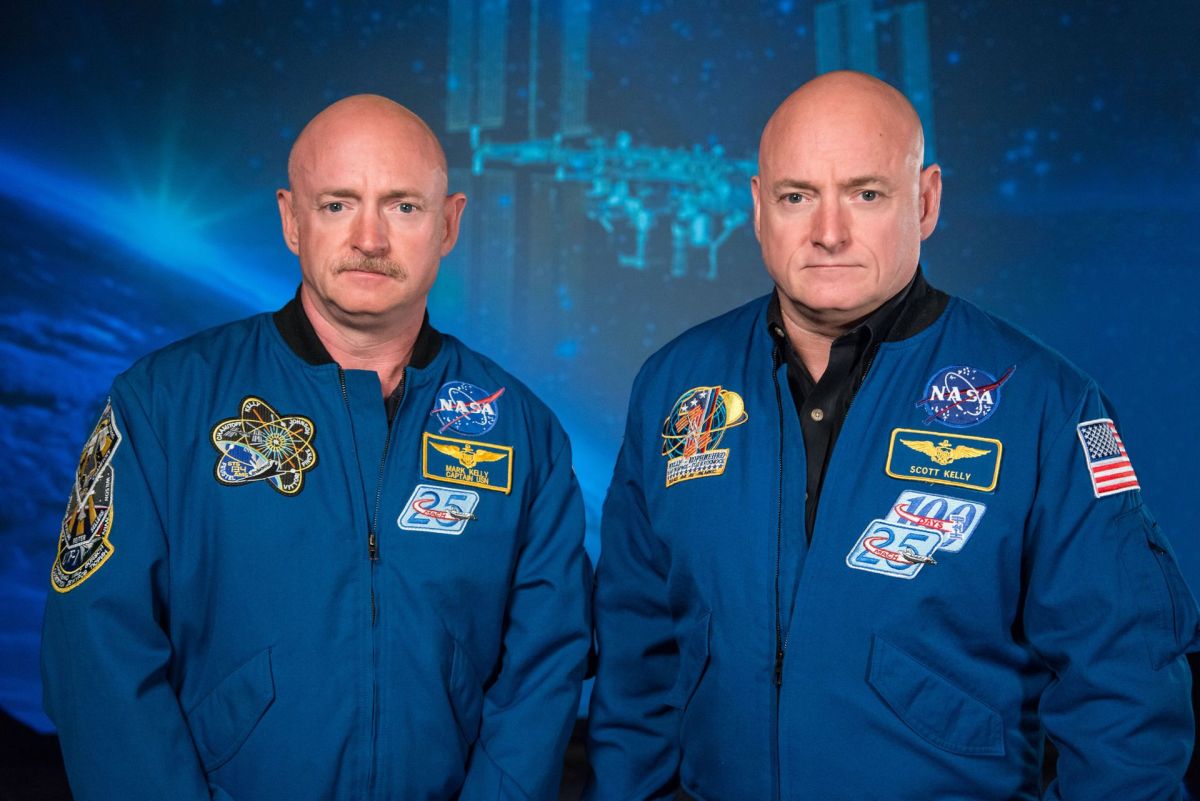





Published: Feb 28, 2017 11:14 am